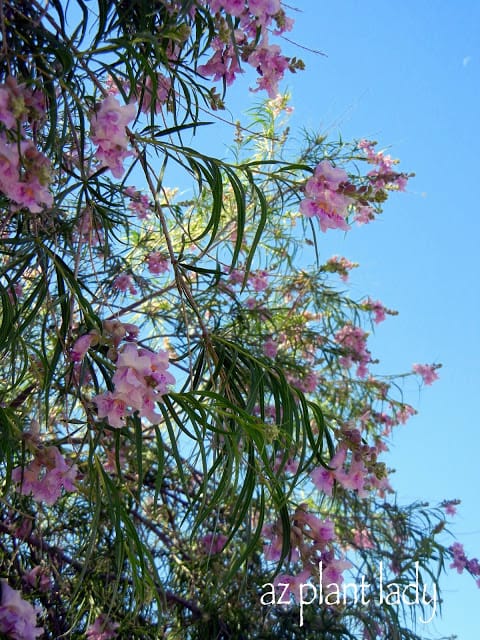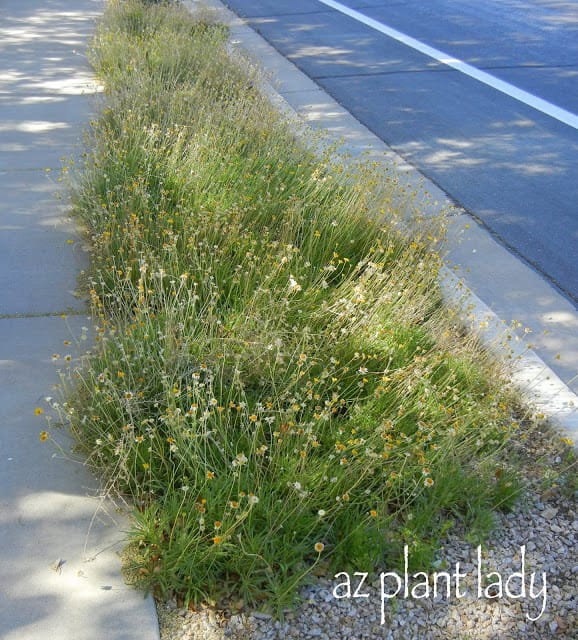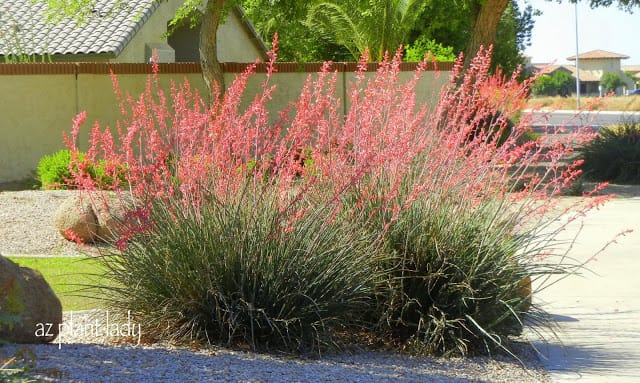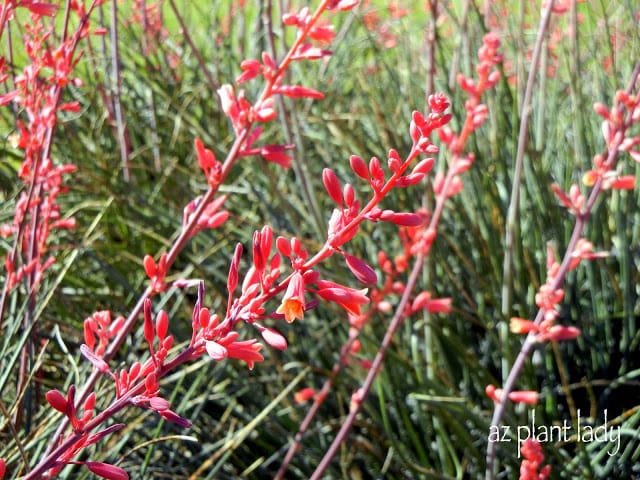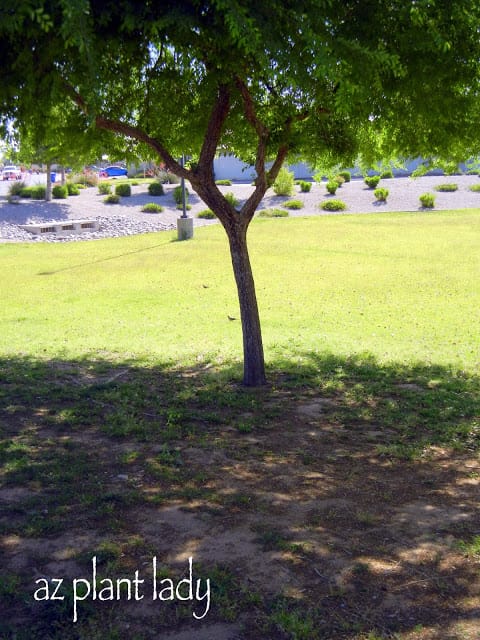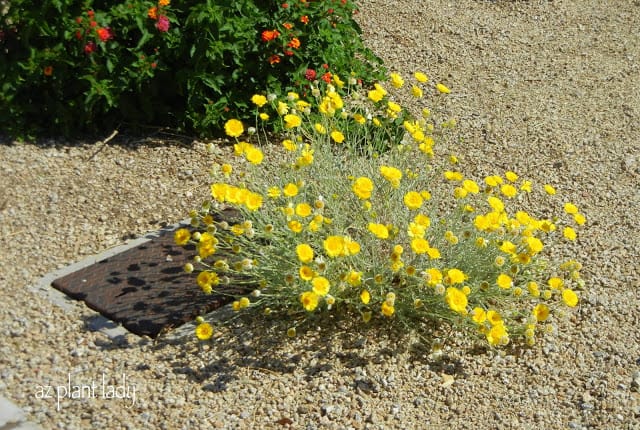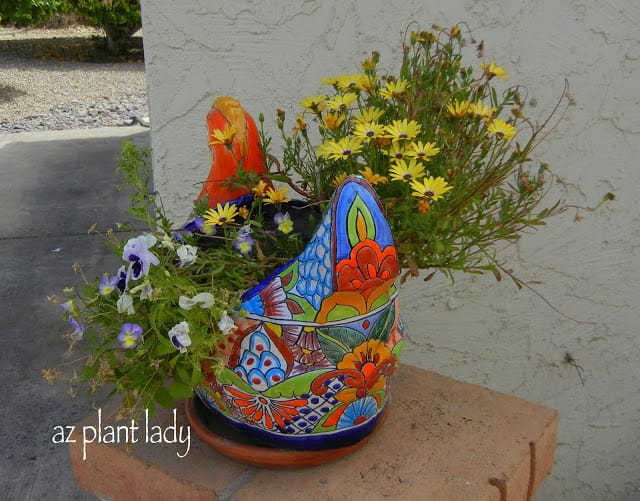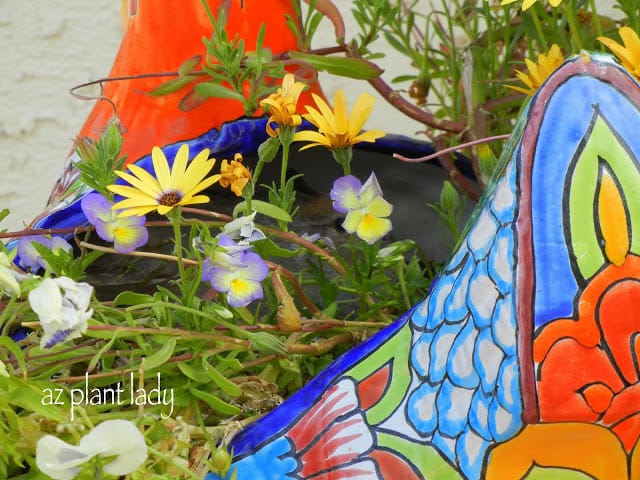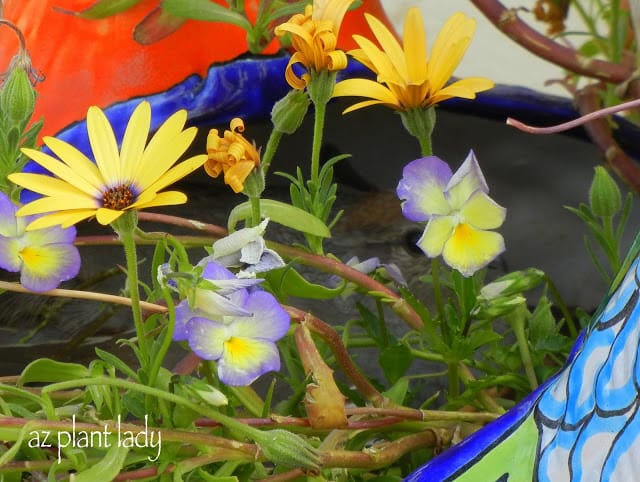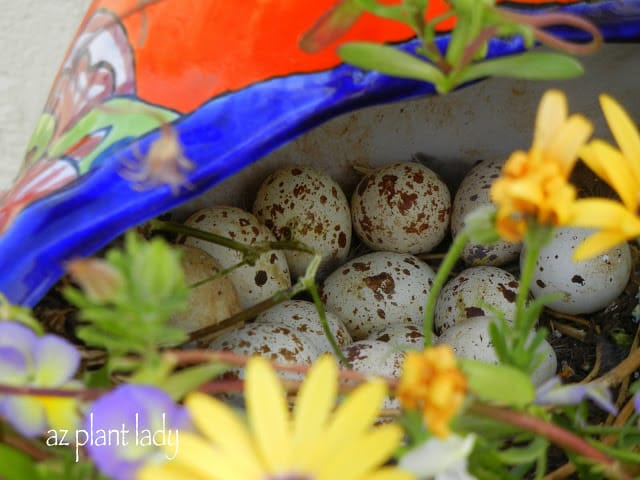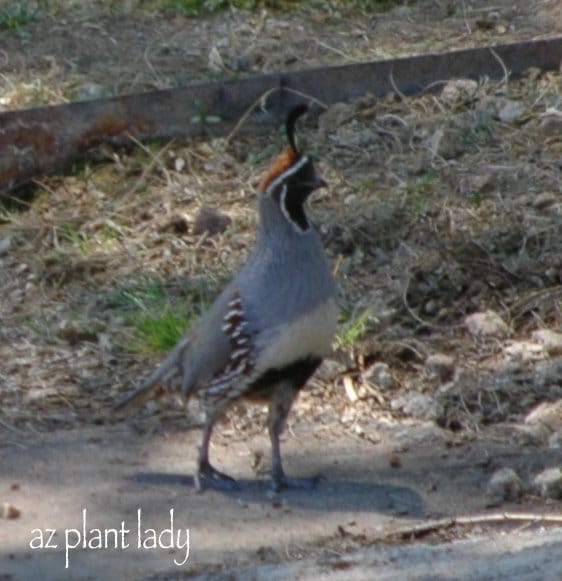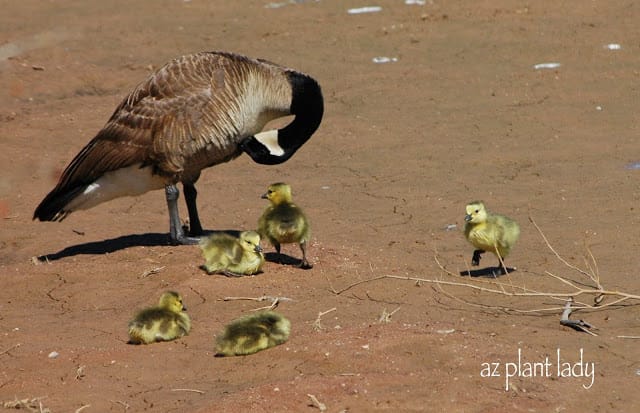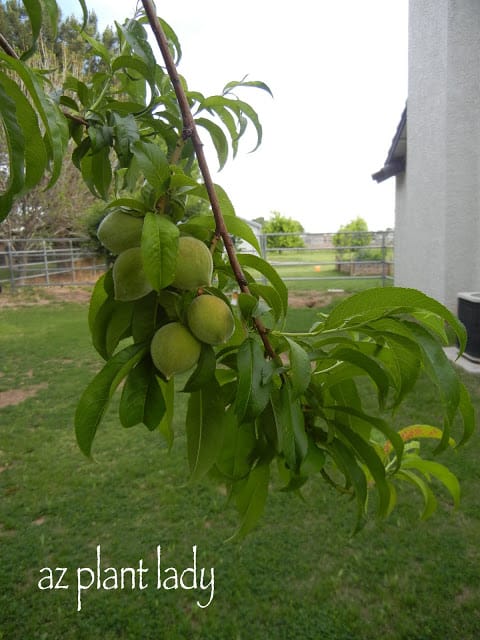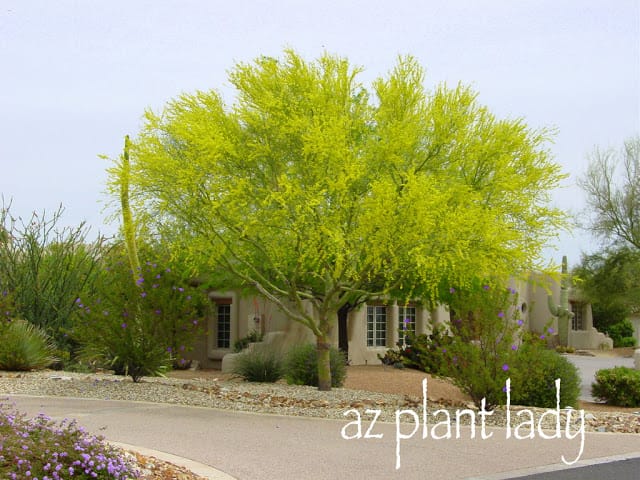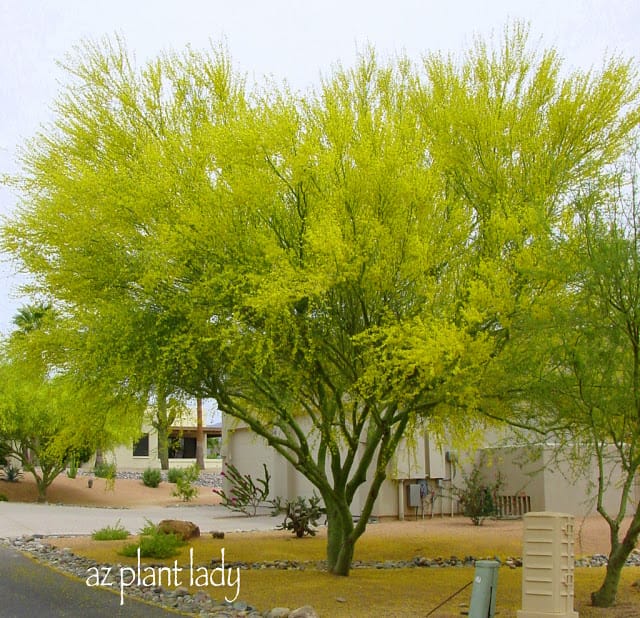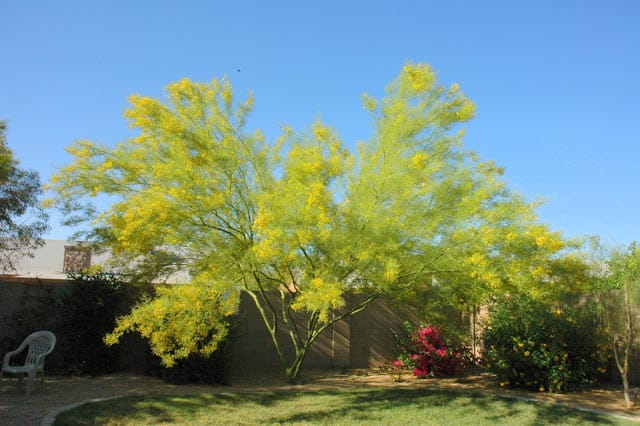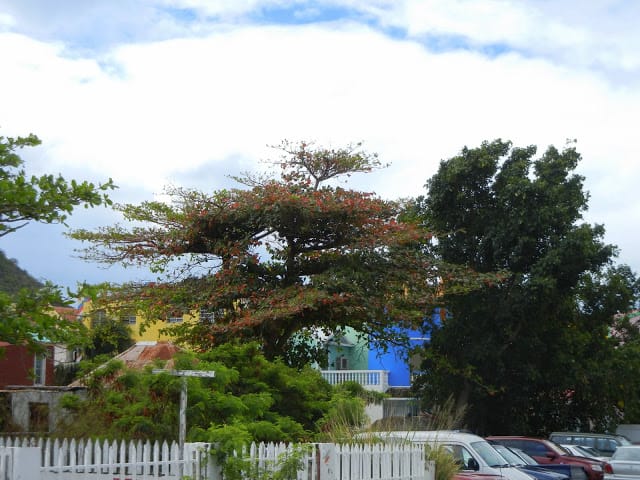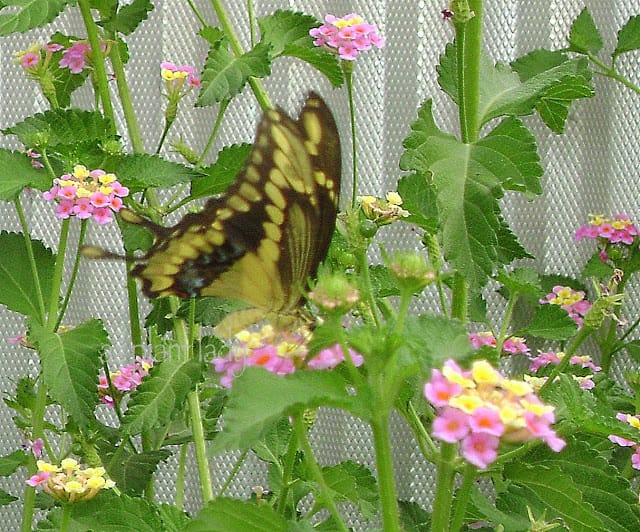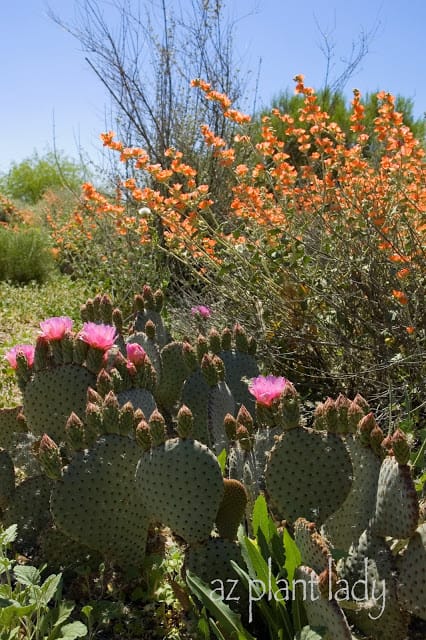
Low Desert Gardens, Beavertail Prickly Pear and Globe Mallow
Right now, I am sitting here in front of my computer, trying to think of an interesting and helpful subject for this post, which will be published tomorrow (Saturday).
Unlike other times when I sit down to write, I don’t have much time to spend on writing today because my youngest daughter, Gracie, needs a little extra TLC. You see, she had 6 teeth pulled by the oral surgeon. Right now she is sitting in our family room, with a mouth full of gauze, watching some of her favorite shows – SpongeBob and Phineas & Ferb.
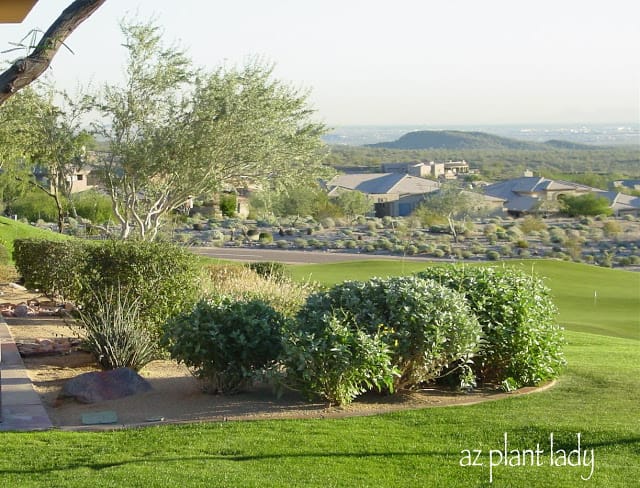
Low Desert Gardens
So, as I was trying to figure out what to write about, I realized that I haven’t really put together a monthly “To-Do” list for low-desert gardens for my blog. The funny thing is, is that I write one for a major online publication every month. And so, I will borrow some from that along with some ‘extra’ tips thrown in.
So, are you ready?
1. If you haven’t already done so, adjust your irrigation system to make sure that your plants are being watered deeply. Trees should be watered to a depth of 3 ft, shrubs 18″ – 2 ft. and perennials and groundcovers to at least 1 ft in depth. May is one of our driest months of the year, so plants do become quite ‘thirsty’.
2. Make sure that your potted plants are shaded for the hot, afternoon sun. A plant’s root system is actually hotter when planted in a pot then in the ground, and the sun’s heat can actually ‘cook’ the roots of a potted plant.
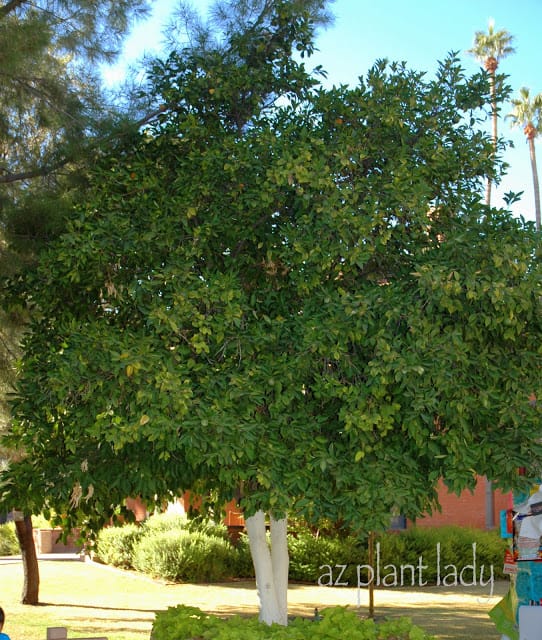
Citrus Tree
3. Apply fertilizer to your Citrus tree if you have not already done so this spring. Be sure to water your citrus trees before and after applying fertilizer. Citrus require 3 applications of fertilizer per year – the first in February or March, the second in May and the third in August of September.
4. Prune back any frost-damaged branches from trees and shrubs if they have not leafed out yet. Chances are that if they have not started producing new growth, then they probably never will.
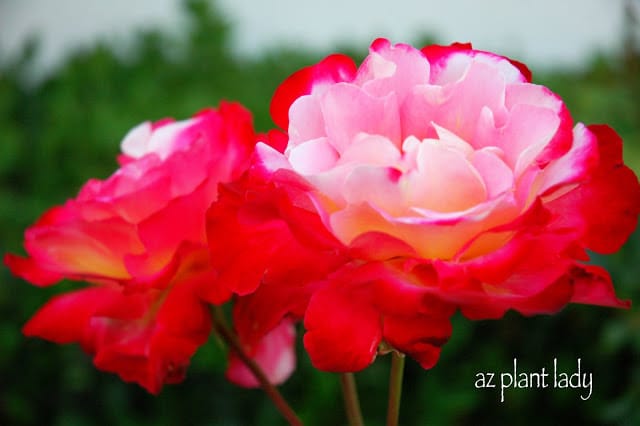
‘Double Delight’ Roses
5. Apply your last application of fertilizer to your roses this month. Roses need more water than many of your other plants, so be sure that they are receiving enough water. Roses slow down in the summer and become somewhat dormant due to the heat, so they should not be fertilized. You can start fertilizing them again in September.
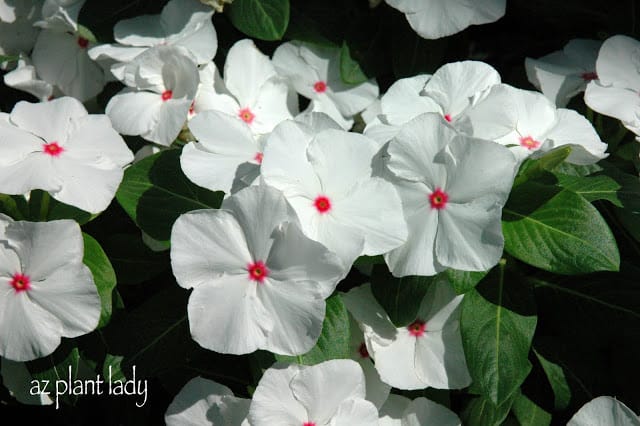
White Vinca
6. Take out your winter annuals (Petunias, Geraniums, Pansies, Alyssum, Snapdragons, etc.) and replace with summer-loving annuals such as Celosia, Red or Blue Salvia, Vinca or Portulaca. Believe it or not, Lantana also makes a great container plant.
7. Avoid pruning your Citrus trees and Roses at this time. Citrus should be pruned in March. Their bark is extremely susceptible to sunburn, so paint any areas that are exposed to the sun with 2 parts white latex paint mixed with 1 part water OR you can use a paint specially formulated for Citrus. The upper foliage of Roses does become sunburned in the summer and you may be tempted to remove the sunburned growth, but don’t. The sunburned, upper foliage actually helps to shield the lower growth from the sun.
Well, I think that is enough to keep you busy for the month of May. I will post more ‘To-Do’ tips next month.
Right now, I have to go and take the gauze out of Gracie’s mouth 🙂


